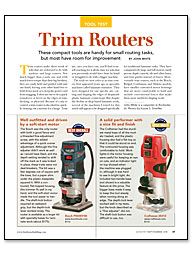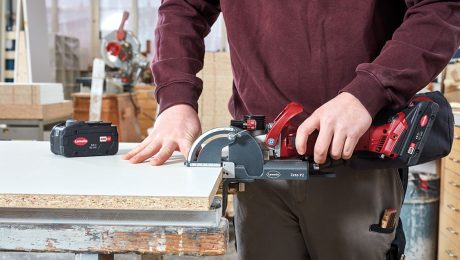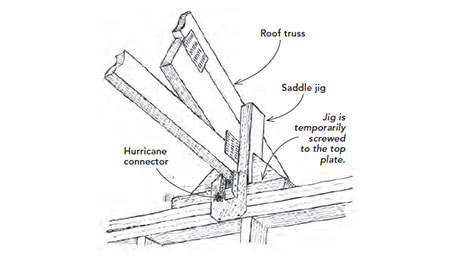Trim Routers
These compact tools are handy for small routing tasks, but most have room for improvement.

Synopsis: Trim routers, also known as laminate trimmers, are compact and handy. In this tool review, former Fine Woodworking shop manager John White says that among the current crop of trim routers, there is some room for improvement. Among the tools, White rated a Bosch model as best overall and a Craftsman model as the best value.
Trim routers make short work of jobs that are awkward to do with midsize and large routers. Not much bigger than a soda can, and with much lower torque than their big brothers, they are easily held and guided with just one hand, leaving your other hand free to hold down stock or to keep the power cord from snagging. I often use one to do a quick roundover or bevel on the edges of trim, decking, or plywood. Because it’s easy to control, a trim router is also ideal for quickly cleaning out a mortise for a hinge. Trust me, once you have one, you’ll find yourself reaching for it all the time for jobs that you previously would have done by hand or struggled to do with a bigger machine.
The tools we now refer to as trim routers first appeared years ago as specialty machines called laminate trimmers. They were designed for one specific use: cutting and shaping the edges of shopmade plastic-laminate countertops. But despite the decline in shop-based laminate work, several of the machines I tested for this article still appear to be designed specifically for traditional laminate tasks. They have comparatively large and tall motors, fairly precise depth controls, tilt and offset bases, and trim guides instead of fences. More-versatile trim routers, such as the Bosch, Ridgid, Craftsman, and Makita models, have smaller contoured motor housings that are more comfortable to hold and include conventional fences that make them more useful for shaping work.
A trim-router buyer’s guide
Here are some features to keep in mind when choosing a trim router for your next project.
A straight fence is a necessity if you want to go beyond edging work to rout flutes and dadoes, for example. Several models come with a trim guide designed to guide the bit along the workpiece edge. Although useful, the guide isn’t a substitute for a regular fence. If you prefer a trim guide, the ones with ball bearings work best; simple steel rollers bind quickly.
Good depth adjustment improves precision and convenience. A threaded fine-adjustment screw is a desirable feature because it allows you to dial in an exact depth instead of nudging the motor up and down to reach the correct depth for a hinge mortise or a chamfer.
Quick and easy bit changes save time. Surprisingly, the shaft locks on the Craftsman, DeWalt, and Porter-Cable routers actually made bit changes more challenging; I couldn’t hold down the lock and grip the router at the same time. I prefer the models that have two wrenches.
Variable speed is primarily a marketing gimmick. Small trim bits need to spin fast to produce a smooth cut, so there’s rarely a need to slow them down. But variable speed does create a soft start, which I like.
A flat top is a big advantage with any router. It enables you to set the machine upside down for bit-changing and depth adjustment.
For more photos and details, click the View PDF button below:


























